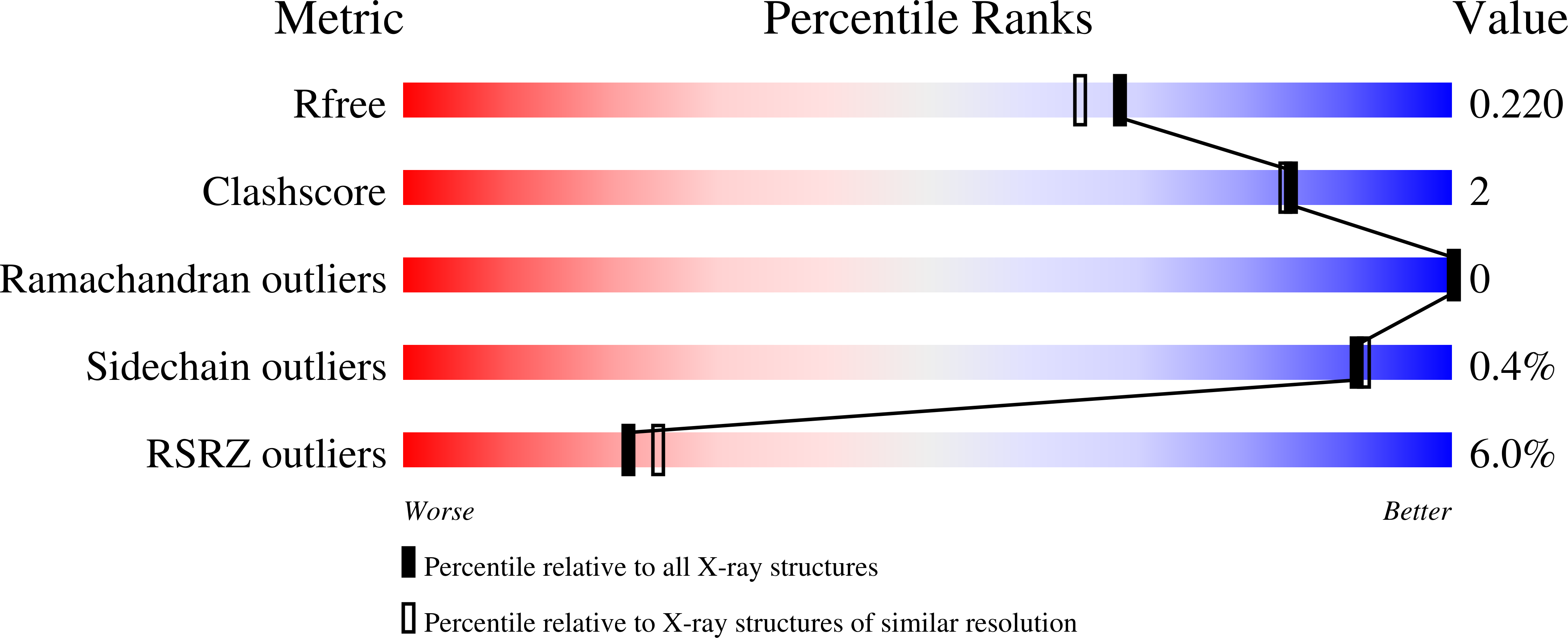
Deposition Date
2020-03-12
Release Date
2021-02-24
Last Version Date
2024-10-16
Entry Detail
PDB ID:
6YAR
Keywords:
Title:
Crystal structure of a Selenium-derivatized complex of the bacterial cellulose secretion regulators BcsR and BcsQ, crystallized in the presence of AppCp
Biological Source:
Source Organism:
Escherichia coli (Taxon ID: 562)
Host Organism:
Method Details:
Experimental Method:
Resolution:
1.90 Å
R-Value Free:
0.21
R-Value Work:
0.17
R-Value Observed:
0.17
Space Group:
P 1 21 1


